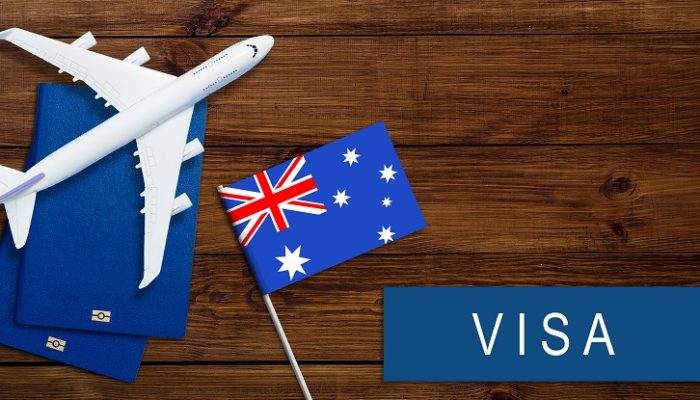In order to retain and attract the workforce that best assists your business to grow and develop, it is important to have the option to sponsor and hire overseas employees to work in Australia. In doing so, in order to protect the business and care for employees, it is crucial that organisations are aware of the changing Australian visa landscape and visa conditions of employees.
During the COVID-19 period, as the Australian Government focused on economic relief for Australian businesses, employers were given increased flexibility to hire overseas workers, including unlimited work hours for Student visa holders and entitlement of Working Holiday makers to have increased time with one employer.
It is important for Australian businesses hiring overseas workers to be aware that the Federal Government is now rolling back the flexible visa arrangements introduced during the pandemic. Changes to the temporary flexible measures include the following:
- Student (subclass 500) visa holders have returned to being given a work limitation of 48 hours per fortnight whilst their course is in session, unless continuing to work in aged care where full-time hours are permitted until 31 December 2023.
- Working Holiday makers have returned to generally being limited to working a maximum of 6 months with any particular employer, unless a limited exception applies.
- Employers and labour hire companies will now be held liable for any facilitated breaches of the above and other visa conditions.
On 31 July 2023, the Australian Federal Government passed the Migration Amendment (Strengthening Employer Compliance) Bill 2023 (the Bill) which amends the Migration Act 1958 with the purpose of strengthening employer compliance measures and protecting temporary migrant workers from exploitation.
Main components of the Bill:
- Creating a criminal offence where a person coerces, or exerts undue influence or undue pressure on a non-citizen to accept or agree to a work arrangement that would involve a breach of a work-related condition.
- Creating a criminal offence where a person coerces, or exerts undue influence or pressure on a non-citizen to accept a work arrangement to avoid an adverse immigration status, or that would result in the non-citizen being unable to satisfy a work-related visa requirement.
- Establishing a framework where the Minister can declare certain employers to be ‘prohibited employers’ for a specified period of time. Rather than just barring or cancelling the employer’s business sponsorship license, the prohibition applies to the employment of any temporary visa holder.
- Mandating the use of the VEVO system for employers to determine whether a non-citizen is lawful and has the necessary permission to work.
- Increasing civil and monetary penalties for individuals and business sponsors.
How can employers ensure compliance?
In order for businesses to ensure that they are protected from breaches of the Migration Amendment (Strengthening Employer Compliance) Bill 2023, steps that employers can take include:
- Ensuring that the visa status of each overseas worker is known and recorded by the business.
- Conducting a VEVO check for all overseas workers.
- Ensuring that systems are in place so that the business is updated with any visa changes for overseas workers employed by the business.
For advice regarding immigration compliance and employing overseas workers, please do not hesitate to contact us at info@hartmanimmigration.com.au for Australian immigration assistance.
Disclaimer:
The information on this website is intended only to provide a summary and general overview on relevant matters. It is not intended to be comprehensive nor does it constitute legal advice. You are advised to seek legal or other professional advice before acting or relying on any of the content contained in this website.



